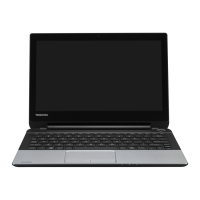
Do you have a question about the Toshiba Satellite NB10 and is the answer not in the manual?
| Display | 11.6-inch HD (1366 x 768) |
|---|---|
| Graphics | Intel HD Graphics |
| Wireless | 802.11b/g/n |
| Bluetooth | Bluetooth 4.0 |
| RAM | 2GB DDR3L |
| Operating System | Windows 8.1 |
| Battery | 3-cell |
| Ports | USB 3.0, HDMI, VGA, SD Card Reader |
Explains the meaning of various safety symbols used in the manual.
Details the computer's features, icons, and specifications.
Advice on choosing a suitable location and environment for computer use.
Step-by-step guide on connecting the computer to an electrical outlet for power.
Instructions on how to charge the main battery and understanding its indicator light.
Process for setting up the computer's software and operating system.
Essential tips for efficient computer usage, like saving work frequently.
How to back up files to external media or using Windows file recovery.
Explains Toshiba's energy-saving features and recommendations for optimal efficiency.
How to interpret the battery indicator lights for charge status.
Actions to take when the main battery power is low to prevent data loss.
Overview of the Start screen as the main launching pad for Windows operations.
Identifies standard desktop features like icons, taskbar, and notification area.
How connecting to a network increases computer capabilities and functionality.
Utility to monitor power savings from the eco power plan.
Allows setting and managing supervisor and user passwords for security.
Utility to create recovery media for system restoration.
Solutions for problems that occur when turning on the computer.
Guidance for when the Windows operating system is not functioning correctly.
General troubleshooting tips for wireless (Wi-Fi) networking issues.
How to use function keys to modify system functions and launch applications.
How the F4 Function key cycles through display output options.
Shows shapes of typical AC power cord/cable connectors worldwide.
Lists and defines common acronyms found in the user's guide.
Defines various terms used throughout the user's guide.
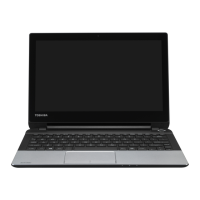

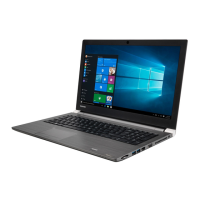
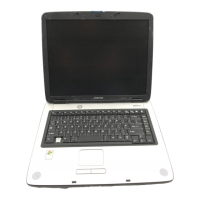

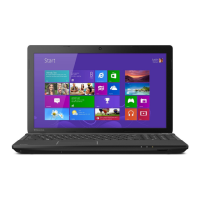
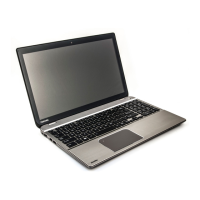
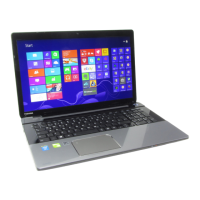
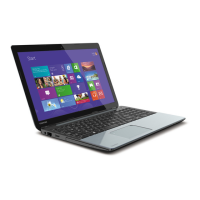
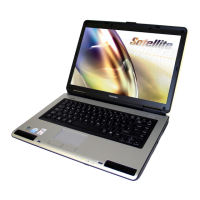
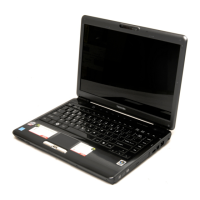
